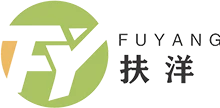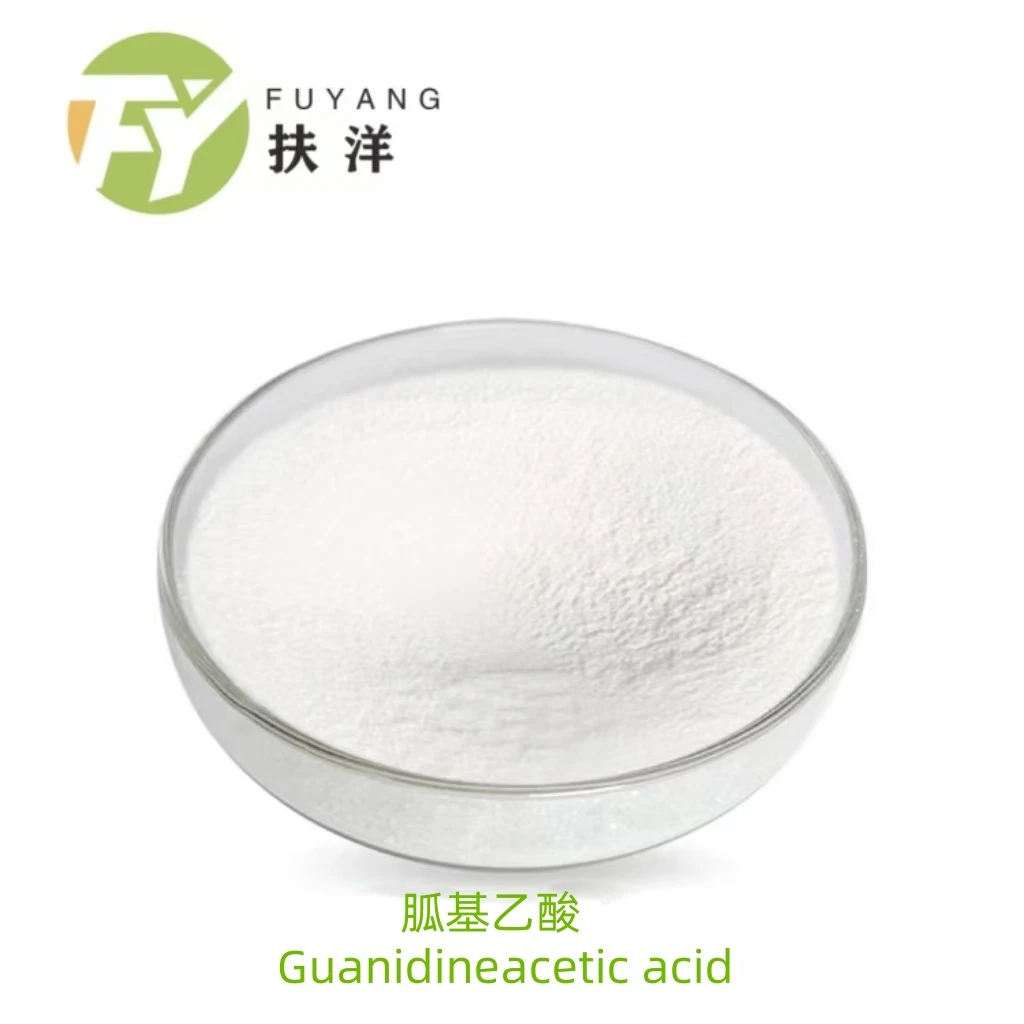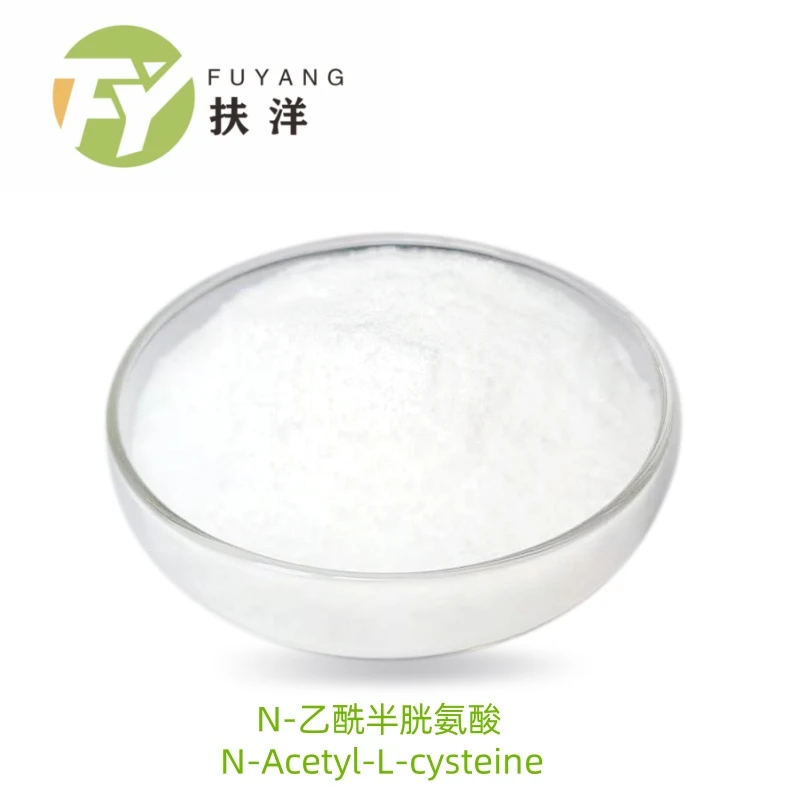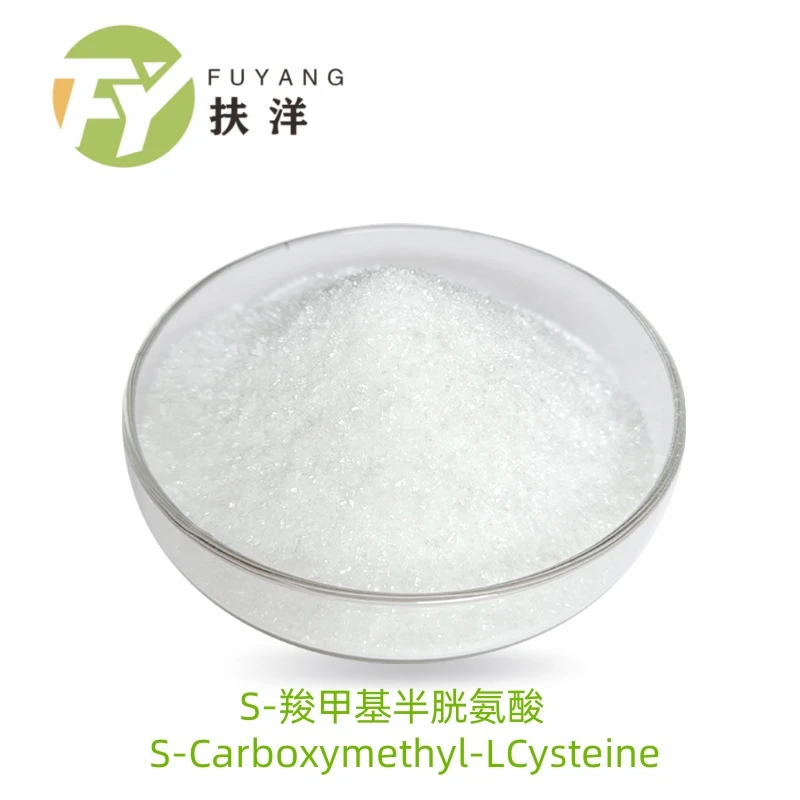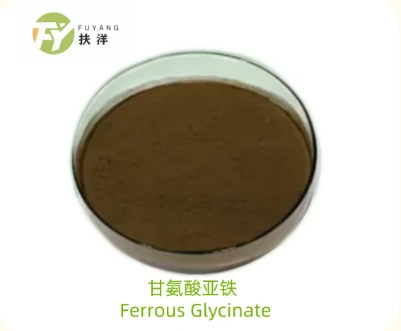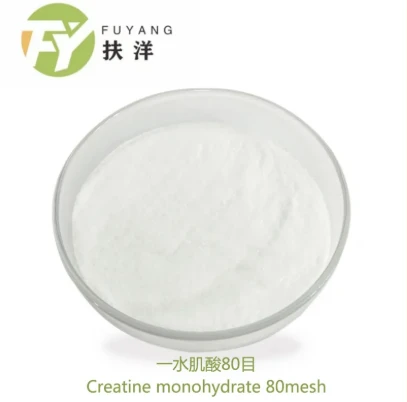- Afrikaans
- Albanian
- Amharic
- Arabic
- Armenian
- Azerbaijani
- Basque
- Belarusian
- Bengali
- Bosnian
- Bulgarian
- Catalan
- Cebuano
- Corsican
- Croatian
- Czech
- Danish
- Dutch
- English
- Esperanto
- Estonian
- Finnish
- French
- Frisian
- Galician
- Georgian
- German
- Greek
- Gujarati
- Haitian Creole
- hausa
- hawaiian
- Hebrew
- Hindi
- Miao
- Hungarian
- Icelandic
- igbo
- Indonesian
- irish
- Italian
- Japanese
- Javanese
- Kannada
- kazakh
- Khmer
- Rwandese
- Korean
- Kurdish
- Kyrgyz
- Lao
- Latin
- Latvian
- Lithuanian
- Luxembourgish
- Macedonian
- Malgashi
- Malay
- Malayalam
- Maltese
- Maori
- Marathi
- Mongolian
- Myanmar
- Nepali
- Norwegian
- Norwegian
- Occitan
- Pashto
- Persian
- Polish
- Portuguese
- Punjabi
- Romanian
- Russian
- Samoan
- Scottish Gaelic
- Serbian
- Sesotho
- Shona
- Sindhi
- Sinhala
- Slovak
- Slovenian
- Somali
- Spanish
- Sundanese
- Swahili
- Swedish
- Tagalog
- Tajik
- Tamil
- Tatar
- Telugu
- Thai
- Turkish
- Turkmen
- Ukrainian
- Urdu
- Uighur
- Uzbek
- Vietnamese
- Welsh
- Bantu
- Yiddish
- Yoruba
| Product name: | Zinc cysteamine chelate | Molecular Formula: | (C2H6NS)2Zn |
| Molecular Weight: | 217 |
1. Product Overview
L-Cysteine Chelated Zinc is an organic zinc source formed by chelating zinc ions (Zn²⁺) with L-cysteine molecules through chelation technology. Its chelate structure (Zn = 1:1–2) significantly enhances zinc bioavailability, making it widely applicable in animal nutrition, human health, and agricultural fields.
2. Core Mechanisms of Action
High-Efficiency Absorption:
The chelated structure protects zinc from interference by anti-nutritional factors (e.g., phytic acid, dietary fiber), enabling direct absorption through small intestine amino acid transport channels. This increases bioavailability by 30%~50% compared to inorganic zinc sources (e.g., zinc sulfate).
Antioxidant and Immune Modulation:
L-Cysteine provides sulfhydryl groups (-SH), synergizing with zinc to enhance superoxide dismutase (SOD) activity, scavenge free radicals, and reduce oxidative stress.
Protein Synthesis Promotion:
As a cofactor for multiple enzymes (e.g., DNA polymerase, alkaline phosphatase), zinc participates in cell division, keratin synthesis, and wound healing.
Main Application Fields
(1) Animal Nutrition and Feed Additives
Poultry and Swine:
Improve growth performance: Increase daily weight gain by 5%~12% and reduce feed-to-gain ratio.
Enhance coat/feather quality: Reduce skin keratinization in pigs and feather loss in poultry.
Boost reproductive performance: Increase litter size in sows and egg production rate in laying hens.
Ruminants:
Prevent hoof diseases (e.g., bovine laminitis) and improve zinc content in milk.
Alleviate heat stress-induced decline in feed intake.
Aquatic Animals:
Promote molting in crustaceans (e.g., shrimp, crabs) and reduce deformity rates.
Enhance immune responses in fish (e.g., lysozyme activity).
(2) Human Health and Nutritional Supplements
Dietary Supplements:
Alleviate zinc deficiency symptoms (e.g., weakened immunity, delayed wound healing).
Support treatment of acne, hair loss, and chronic diarrhea.
Pharmaceutical Applications:
Serve as an antioxidant for chronic inflammatory diseases (e.g., arthritis).
Strengthen immune function in chemotherapy or radiotherapy patients.
(3) Agriculture and Plant Nutrition
Foliar Fertilizer/Soil Amendment:
Correct zinc deficiency in crops (e.g., "white seedling disease" in corn, "little leaf disease" in fruit trees).
Increase zinc content in fruits and enhance stress resistance (drought, salinity).
4. Recommended Dosage (Example: Animal Feed)
|
Animal Category |
osage (Zn, mg/kg feed) |
ain Effect |
||
|
Pigs |
0-120 |
Omote growth, improve hoof/claw healt |
||
|
ying Hens |
0-100 |
crease egg production rate, enhance eggshell strength |
||
|
Animal Category |
osage (Zn, mg/kg feed) |
ain Effect |
||
|
Dairy Cows |
0-80 |
event hoof diseases, elevate milk zinc content |
||
|
hrimp |
0-50 |
acilitate molting, reduce mortality rate |
||
This table provides clear recommendations for zinc supplementation in animal feed, tailored to species-specific benefits. Let me know if further adjustments are needed!
5. This table highlights the superior performance of L-Cysteine Chelated Zinc in bioavailability, safety, stability, and eco-friendliness compared to traditional inorganic zinc sources. Let me know if you need further refinements!
6. Precautions Safety: Total zinc content in animal feed must comply with national regulatory limits (e.g., China's GB 13078-2017). Excessive intake may impair copper and iron absorption (recommended Zn ratio: 3:1~4:1). Compatibility Considerations: Avoid concurrent use with high-dose calcium or phosphorus (risk of forming insoluble salts). Synergistic with vitamins C and E to enhance antioxidant effects. Storage: Store in airtight, light-proof containers at humidity <60% and temperature <30°C. Shelf life: 24 months. 7. Research Advancements Precision Nutrition: Nano-chelating technology reduces particle size to improve targeted absorption (e.g., enhanced binding efficiency with intestinal zinc transporter Zip4). Gene Regulation: Modulates MTF-1 (metal-regulatory transcription factor) expression to optimize zinc distribution in the liver and skeletal system.
Zinc cysteamine chelate with its high absorption rate, versatile bioactivity, and low environmental impact, serves as an ideal substitute for inorganic zinc. In animal production, it significantly enhances production performance and health status, while demonstrating promising prospects in human nutrition and agricultural applications. Practical implementation requires scientifically adjusting dosage based on species-specific requirements, physiological stages, and environmental factors.
